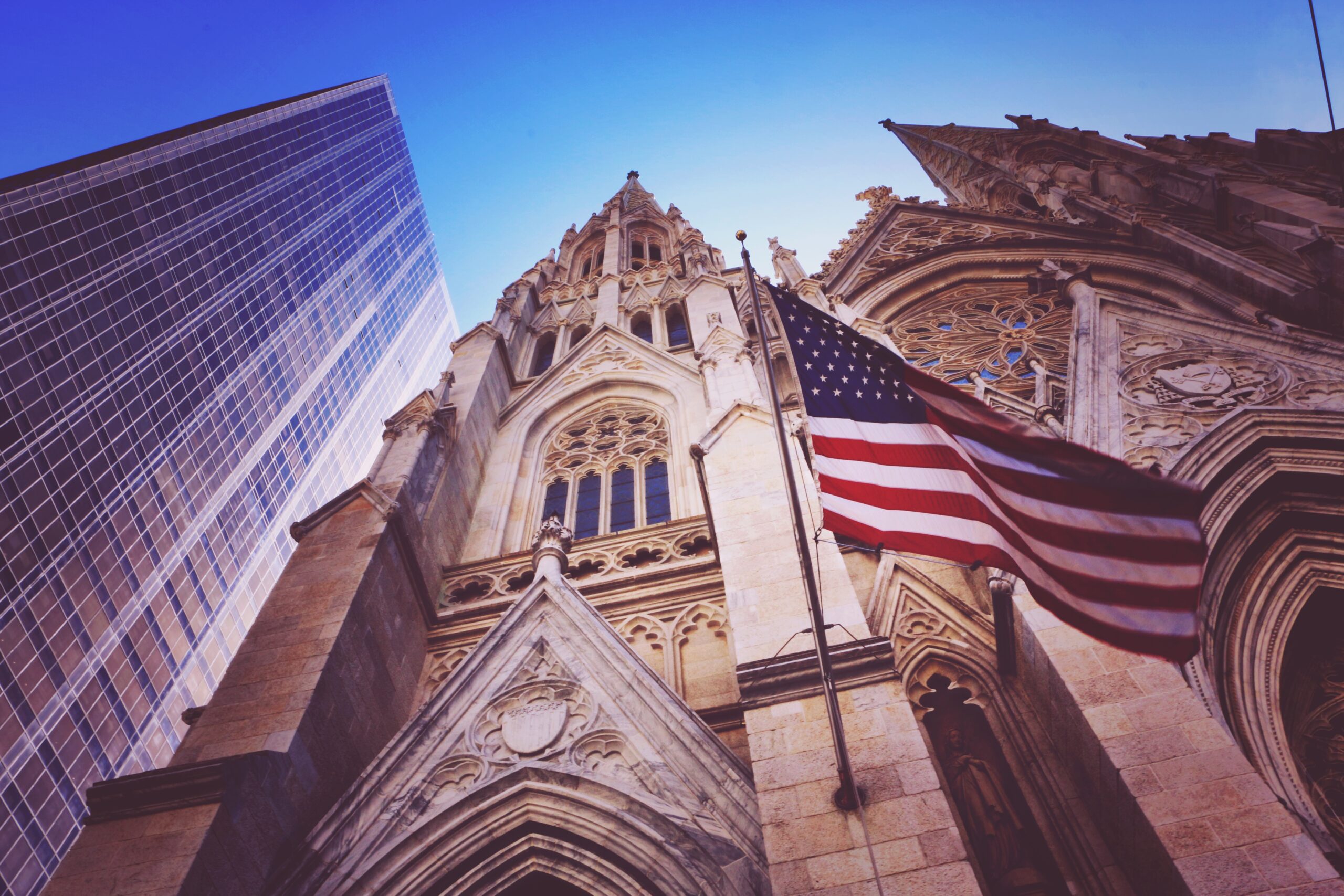
St Patrick’s Cathedral is proud of its iconic status for New York Catholics.
In the eight-day news cycle, I have seen five different articles on the spectacle that was the funeral and despeddida of Cecilia Gentile at Saint Patrick’s Cathedral on New York’s Fifth Avenue. She was a former sex worker and a campaigner for transgender people and their rights. The raucous celebration of her life took place the day after Ash Wednesday – which has its own shock value, but an austere sort.
It is eerily ironical that “religion” – and its sideshows – only seem to get noticed when there is controversy, as there was over the centre of New York Catholicism accommodating the funeral of a trans activist (and avowed atheist). This controversy is not healthy: religion and sexuality are multi-layered, and they take time to understand.
As a diocesan priest, ordained at Saint Pat’s 44 years ago, these are my personal reflections. Hopefully they can encourage more nuanced conversations online – or even, preferably, in person.
First of all, deaths cry out for compassion and some kind of expressive release through ritual. To be clear, there seemed to have been a snafu in the inner workings of the cathedral. The service was limited to a Liturgy of the Word – which can be both important and welcoming – but this was announced only an hour before the service was to begin. This was not to be a Mass, which has more solemn expectations.
In all parishes that I have served we have made a sincere attempt to gather as much information on the life of the deceased and their loved ones. Most ministers value time with the bereaved, as the preparatory conversations touch upon theit memories. Which are the ones to be shared – which aren’t – and what are the preferred Scripture readings and songs? This sacred conversation centres on the needs of the hurting family and friends, and how their lives intertwine with or keep their distance from the traditions of their faith.
Of course, folks are spread out nowadays. Even with Zoom, it more difficult to get a “good read” on “Who is the deceased, really?” – never mind “Who is the Higher Power that the bereaved are dealing with – or keeping their distance from?” Things are even more opaque when the deceased is a larger-than-life figure, which Cecilia clearly was.
In the background, but also with a very real emotional urgency, a religious celebration of any kind stirs up the sense that “There is something greater than Solomon here…or Queen Sheba – or Cleopatra!”
We in the receiving Church serve as a religious reminder. We are often dealing with folks who have not been in church or synagogue since their confirmation, or bar/bat mitzvah.
This is where song and testimony come in. Songs stir up the emotions, and we all come to wakes, celebrations of life, and funerals with many feelings, including guilt, as part of the stew. What then does it mean “to pay respects”?
With all that going on, there really is a huge gap between the traditional morality of mainstream religions and the so-called sexual minorities, which are more aggressively vocal now than when I was growing up. Certainly, the ubiquitous nature of the media has exacerbated this significant and painful division.
My own prayer is that the outrage around such a sexually-charged and explosive spiritual event like the burial of Cecilia could be a blessing in disguise. Fundamentally, religion—and society – can and does evolve!
Back in the 1990s, there was a real shake-up of Church decorum at St Patrick’s itself, which is proud of its iconic status. Activists from the campaign group ACT UP threw condoms at Cardinal John O’Connor in the cathedral, in protest at the rejection of LGBTQ+ participation in the St Patrick’s Day Parade. (The committee that runs the parade is distinct from the cathedral, but the many layers of the Church world can get conflated.) Sad to say, anger and resentment abounds in and around the Body of Christ.
However, change happens. While doctrine may not seem to change, habits and blessings do. Now we all know that the LGBTQ+ group is well represented in the march past Saint Patrick’s Cathedral. This March – as they have done for the last few years – families with LGBTQ+ members will march in the parade at Saint Barnabas parish, in a still largely Irish and working-class enclave of the North Bronx.
The times are a-changing, and the Church need not act like a traffic cop shouting out rules and standing for rigidity to an uninterested world! What’s the good in doing that?
So we still the often loud, brusque music of the late Cecilia, cajoling the institutional Church to go beyond its liturgical smugness and reach out to the unwashed.
We, who often did not even hear of her or her many friends in the past, cannot avoid her anymore. She is in our face this Lent – and beyond.
What do we do to create a new future for her, and with her?
Fr James Sheehan has been a priest of the Archdiocese of New York for 44 years. He serves in campus ministry in the City University of New York.



